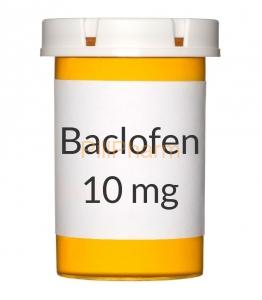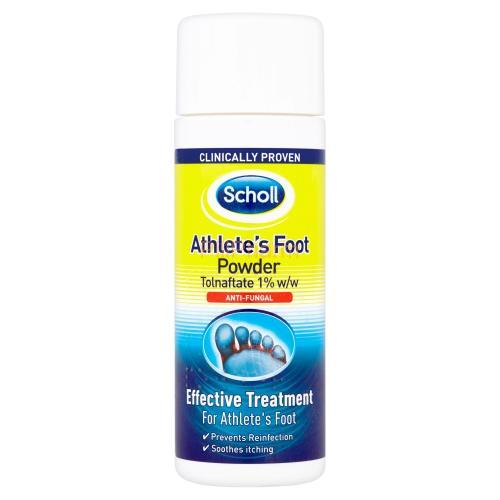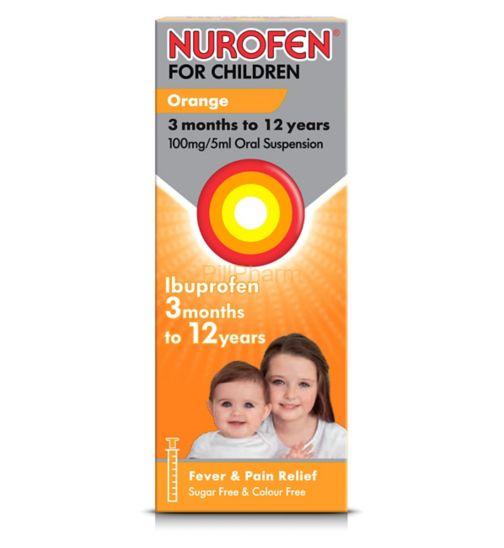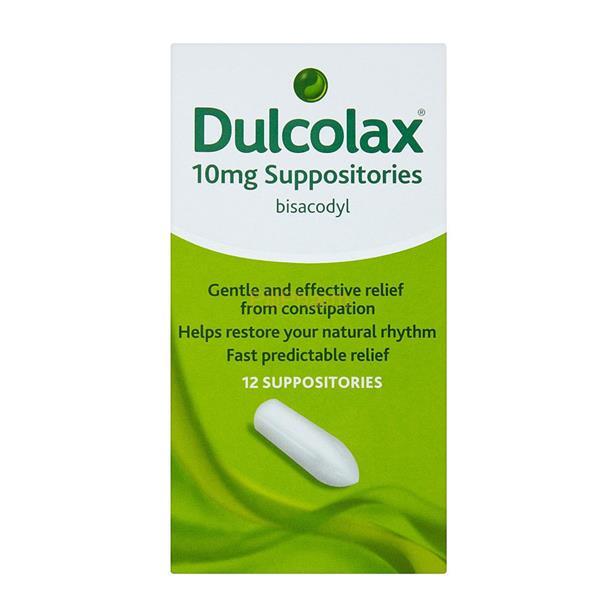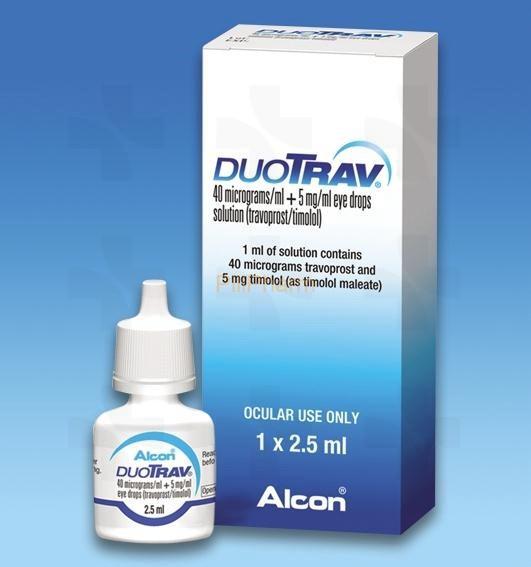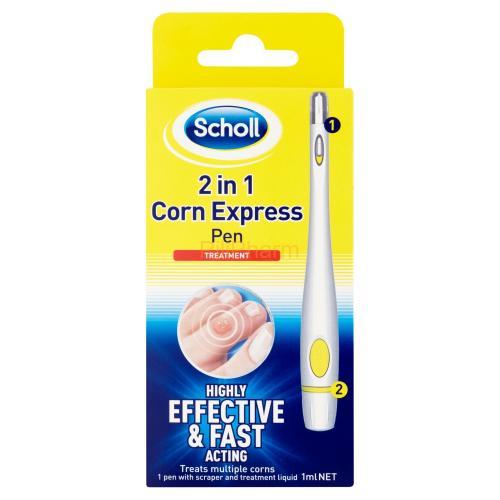Description
Baclofen is given orally in either tablet or liquid form. These two formulations are bioequivalent. The liquid may be particularly suitable for children or those adults who are unable to take tablets.
Treatment should be started with a dosage of 15 mg daily, preferably in divided doses. The following gradually increasing dosage regime is suggested, but should be adjusted to suit individual patient requirements.
5 mg Three times a day for three days
10 mg Three times a day for three days
15 mg Three times a day for three days
20 mg Three times a day for three days
Satisfactory control of symptoms is usually obtained with doses up to 60 mg daily, but a careful adjustment is often necessary to meet the requirements of each individual patient. The dose may be increased slowly if required, but a maximum daily dose of more than 100 mg is not advised unless the patient is in hospital under careful medical supervision. Small frequent dosage may prove better in some cases than larger spaced doses. Also some patients benefit from the use of baclofen only at night to counteract painful flexor spasm. Similarly a single dose given approximately 1 hour prior to the performance of specific tasks such as washing, dressing, shaving, physiotherapy, will often improve mobility.
Elderly:
Elderly patients may be more susceptible to side-effects, particularly in the early stages of introducing baclofen. Small doses should therefore be used at the start of the treatment, the dose being titrated gradually against the response, under careful supervision. There is no evidence that the eventual average maximum dose differs from that in younger patients.

